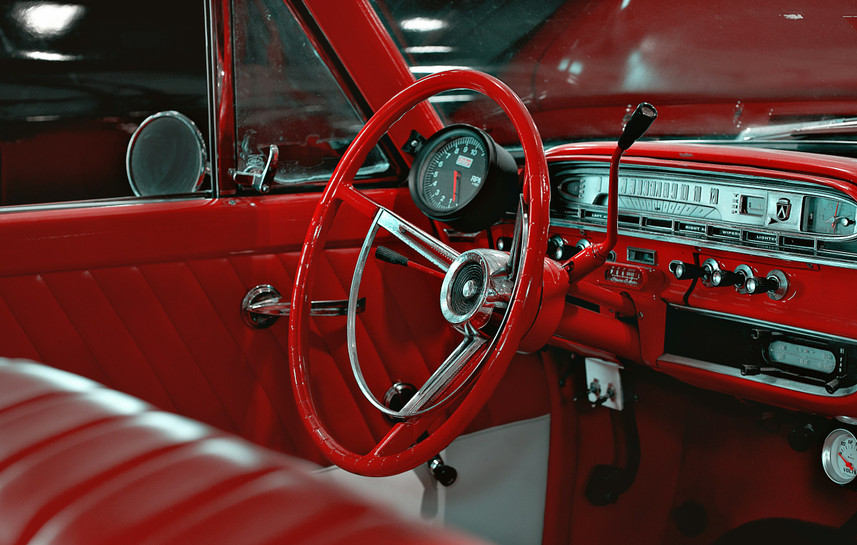When restoring a classic car, the radio is one of the most noticeable features on the dash. Many enthusiasts want the original look but with modern performance hidden behind the faceplate. That’s where Antique Automobile Radio (AAR) shines. Known for producing radios that faithfully replicate factory designs while upgrading internals for today’s needs, AAR has earned strong feedback from restorers and hobbyists alike. Here’s what customer reviews often highlight—the strengths, limitations, and overall experience.
What Customers Praise
Authentic Appearance
The most consistent praise in Antique Automobile Radio reviews is for their authenticity. AAR radios are nearly indistinguishable from the original units that came with Chevrolets, Fords, Pontiacs, and other classics. Reviewers frequently mention that judges at car shows or concours events cannot tell the difference between an AAR unit and a factory original. Knobs, bezels, and dial faces are reproduced with meticulous accuracy, and the radios look right at home in any stock dash.
Hidden Modern Features
Customers also applaud how well modern functionality is hidden. Beneath the vintage exterior, AAR radios often include:
-
AM/FM stereo reception with digital accuracy.
-
Bluetooth streaming and hands-free calling.
-
RCA pre-outs for external amplifiers and subwoofers.
-
Auxiliary inputs for portable devices.
Reviewers appreciate that they don’t need to compromise—keeping the correct dash look while gaining conveniences like Bluetooth is a major selling point.
Ease of Fit
Another positive reviewers share is the drop-in fitment. Unlike universal stereos that may require cutting or trimming, AAR radios are built to the same dimensions as originals. Installation tends to be smooth, especially for owners trying to keep their dashboards unmodified.
Critiques and Limitations
While feedback is largely positive, Antique Automobile Radio reviews sometimes note areas for improvement:
-
Power Output: Compared to modern aftermarket radios, some owners feel that AAR units don’t pack the same punch on their own. Many recommend pairing them with an external amplifier if you’re planning to run high-performance speakers or subwoofers.
-
Price Point: AAR radios typically cost more than brands like Retrosound or Custom Autosound. Some reviewers consider the higher price justified given the authenticity and craftsmanship, but budget-conscious restorers sometimes hesitate.
-
Limited Display Options: Unlike competitors that offer customizable LCD colors or metadata screens, AAR radios intentionally stay understated. While this is a plus for authenticity, some users who want extra flash see it as a drawback.
Who They’re Best For
Based on reviews, Antique Automobile Radios are ideal for purists and show-car enthusiasts who value originality above all. If your goal is to enter your car in concours events or keep it as stock-looking as possible, AAR delivers the most faithful reproduction on the market.
For daily drivers or those seeking more modern conveniences at a lower cost, other brands may offer more flexibility. But for authenticity combined with discreet modern technology, AAR receives overwhelmingly positive marks.
Final Thoughts
Overall, Antique Automobile Radio reviews confirm that the brand has carved out a niche for classic car owners who want original looks with hidden modern performance. Customers appreciate the craftsmanship, seamless fit, and reliability, while acknowledging that the higher cost and modest power output are trade-offs for such authenticity. At Vintage Car Radio, we recommend Antique Automobile Radio for enthusiasts who want their classic car’s dash to look untouched—yet still deliver the soundtrack of today’s driving experience.



